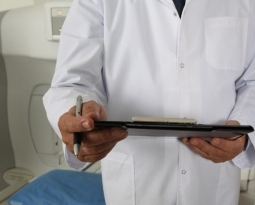Advancing US Progress in Science and Technology
There was a time when the US was the leader in practically any field you care to consider, from automotive to pharmaceuticals, from medical science to computer technology. While we still retain a noticeable lead in many of these fields, the rest the world is quickly catching up. As a result, companies across the US are motivated to constantly invest in research and development, in an effort to come up with better processes, new products, new patents and innovative solutions. Fortunately, the US government, at the risk of negatively impacting the US Treasury, has had the perspicacity to incentivize this type of research, by providing what is known as the Research and Development Tax Credit. Today, more than ever, it is a critical component of any company’s balance sheet and yet its full benefits are often overlooked.
The Qualified Costs
Many companies don’t fully appreciate how many of their ongoing activities actually can qualify for this tax credit. There are three basic cost areas which qualify for the credit:
- Wages and Salaries. Anyone involved in any type of research capacity, whether it be to perfect a new prototype, do research for a new patent, or even improve an existing process can be considered a viable candidate. The salaries not only of the specialized researchers themselves, but also anyone in a supervisory capacity or support role can be considered for this credit.
- Supplies. Any materials or supplies that are consumed during any type of R&D activity are also considered to be quantifiable for this tax credit.
- Outside contractors. The expense of hiring experts to help assist or consult during any type of R&D activity is also considered to be subject to this credit.
To qualify for this credit, a company must be involved in either inventing a new product, or improving on an existing one, or alternatively, improving the processes involved in existing manufacturing procedures. One additional benchmark to qualify for the federal R&D tax credit is that the company must have a payroll of at least $1 million annually, and if it is not profitable at present, they must be able to prove they expect to be so soon.
The Illinois Research and Development Tax Credit
The State of Illinois’ Research and Development Tax Credit uses the federal guidelines as the basis for determining eligibility for the state tax credit. For Illinois, the tax credit rate is 6.5% and it is nonrefundable. Any company that wants to apply for this credit needs to compute their average R&D expenditures for the past three years, which thus establishes the base amount which the company will use to formulate their credit. With such a simple system in place, many small and medium businesses are beginning to take advantage of this incentive to increase their competitive advantage. Over the last few years, the top 10 credit recipients continue to be the recipients of the bulk of these credits. However, the state has seen a market increase in credits for smaller businesses, as they begin to fully understand the beneficial impact of the state tax credit, as well as the federal tax credit and continue to invest in innovative solutions in their market niche.

















